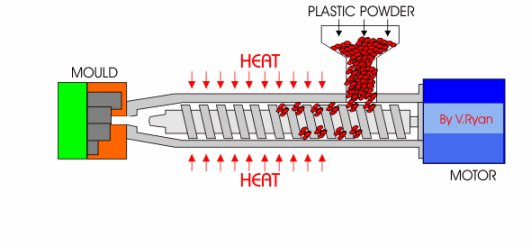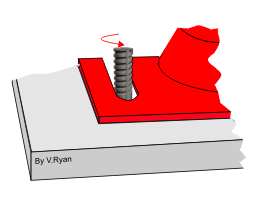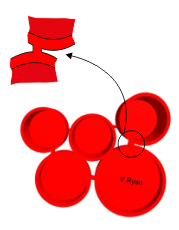| CLICK HERE FOR INDEX PAGE | |
DESK ORGANISER MANUFACTURING METHOD TWO |
|
| V. Ryan © 2005 | |
|
|
A similar desk organiser can be manufactured through injection moulding. With this process molten plastic is injected into a steel mould. The steel mould made to great accuracy and it can be reused thousands of times. It is made in two halves so that when the molten plastic has cooled, the two parts can be separated and the plastic desk organiser removed. Thermoplastics such as polystyrene, nylon, polypropylene and polythene are ideal plastics for this type of manufacturing process. |
|
Granular plastic is fed into a hopper which directs into a screw thread. As the screw thread turns the granular plastic travels along a tube and is heated until it becomes molten. When it reaches the end of the tube it is forced into the mould where it cools. |
|
|
|
|
|
Once cooled, the mould can be split open and the plastic desk organiser removed. The process of feeding granular plastic, heating it and injecting it into the mould can start again. |
|
|
A profile cutter is used to trim away any waste or rough material. This is a high speed cutter which is designed to smooth the edges so that sharp edges are removed. |
|
|
|
Although the desk organiser is manufactured in one piece, the tubes look as if they are separate. However, if you look closely they are joined by small ‘fillets’ of plastic. These can be cut, if each part of the desk organiser is to be used separately, or the client wants to split the large desk organiser into a number of smaller pieces (by cutting with a scissors or craft knife). |
|
QUESTIONS: 1. Draw a series of diagrams to represent the process of injection moulding. In the making of the desk tidy shown above. |
|
| CLICK HERE FOR RESISTANT MATERIALS INDEX PAGE | |
|
|
|



